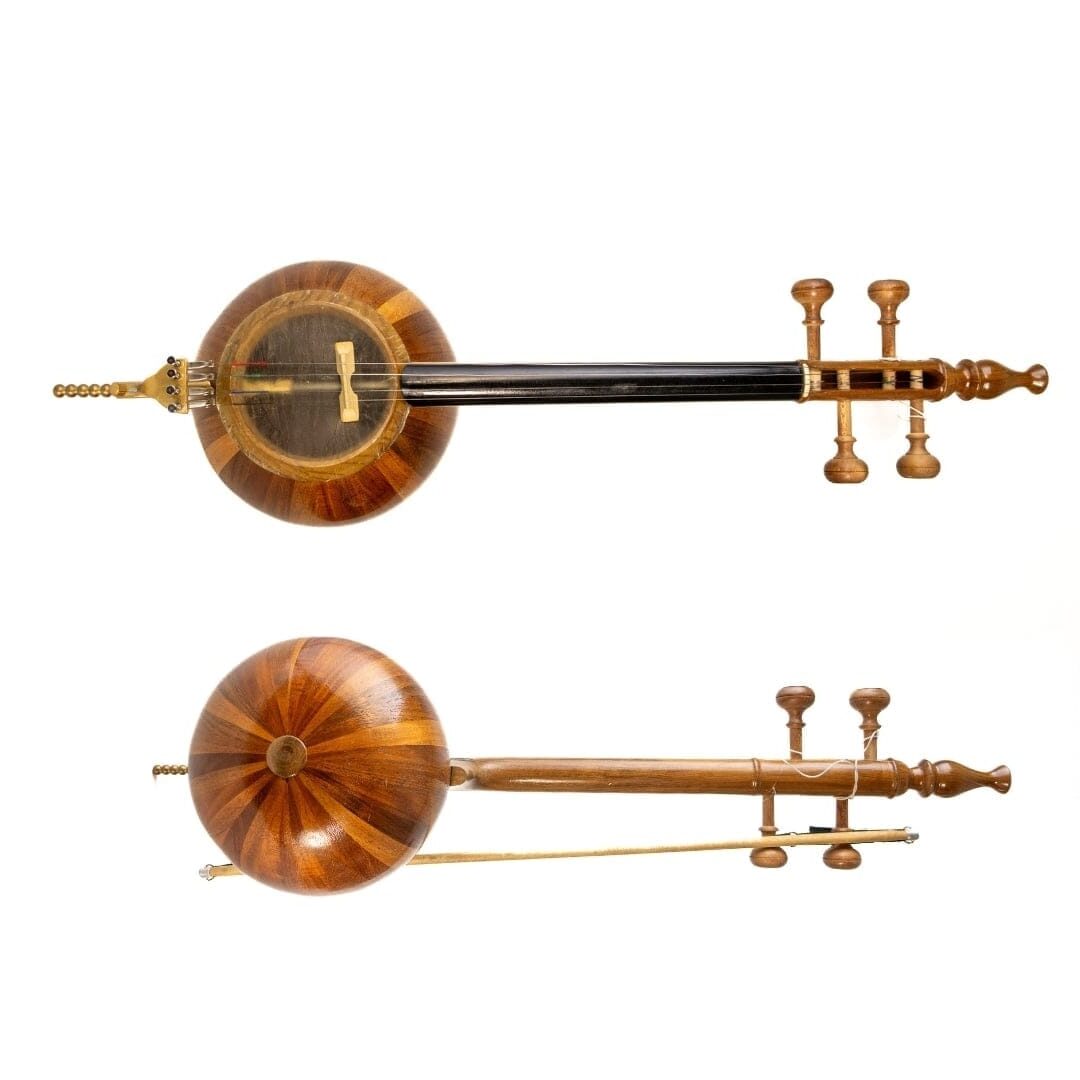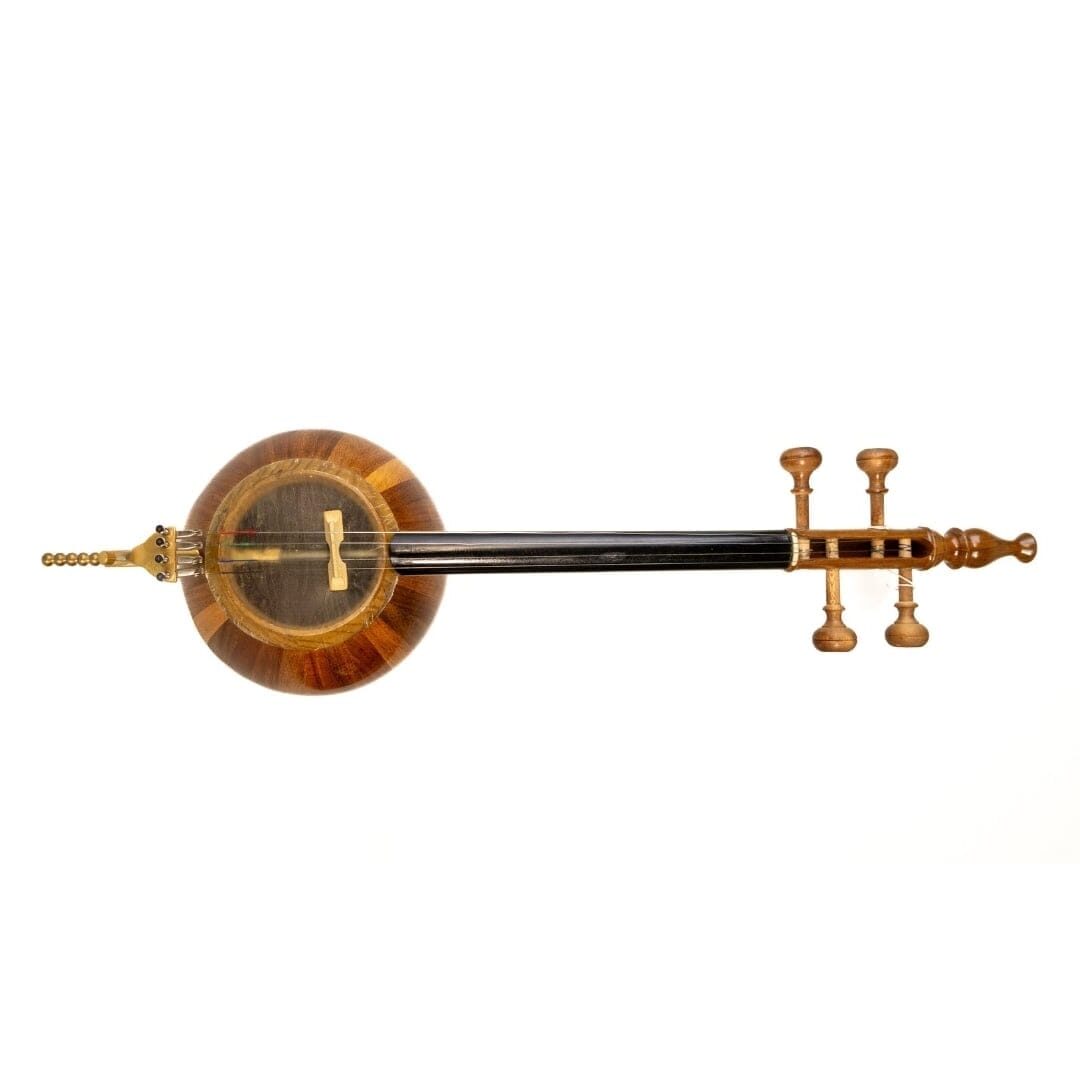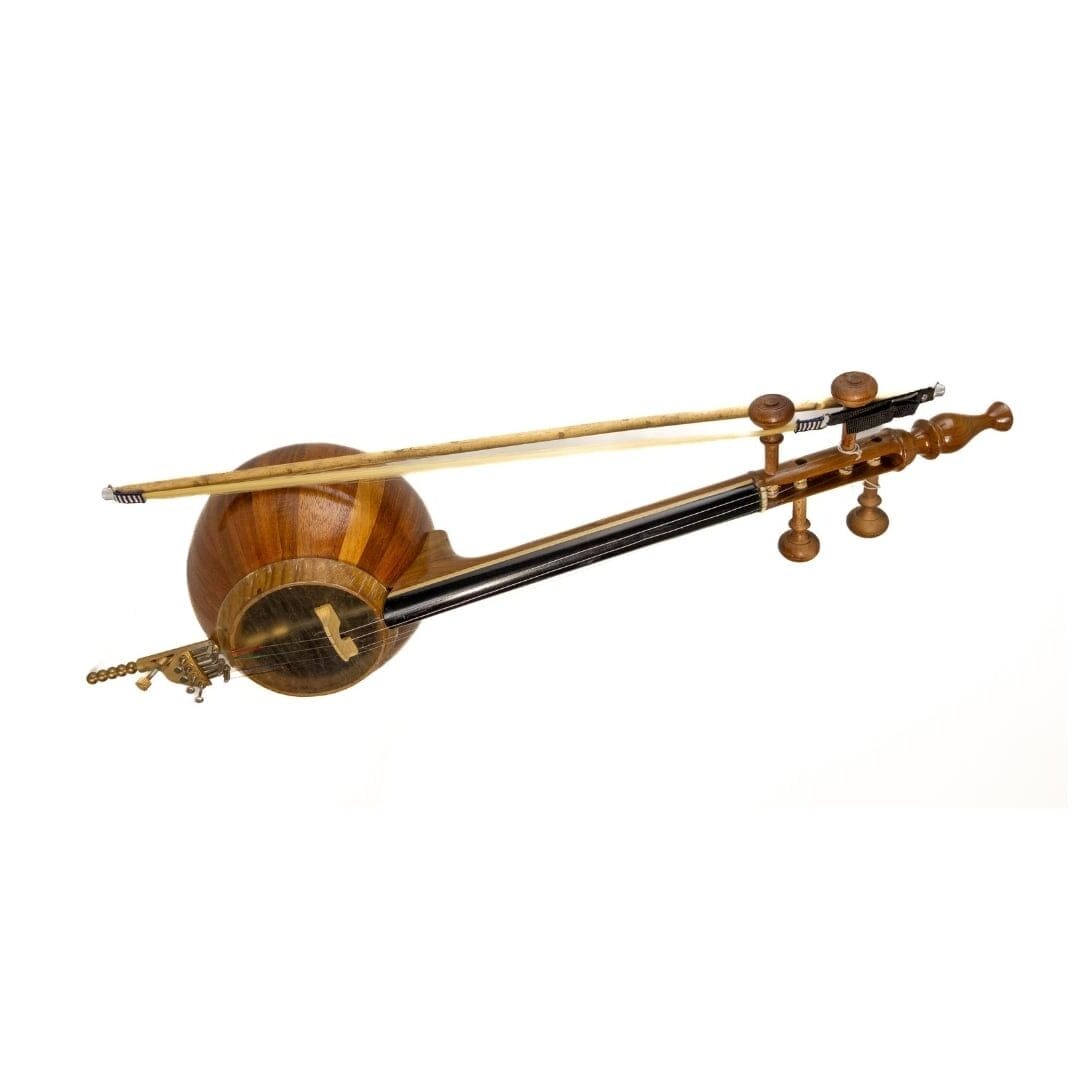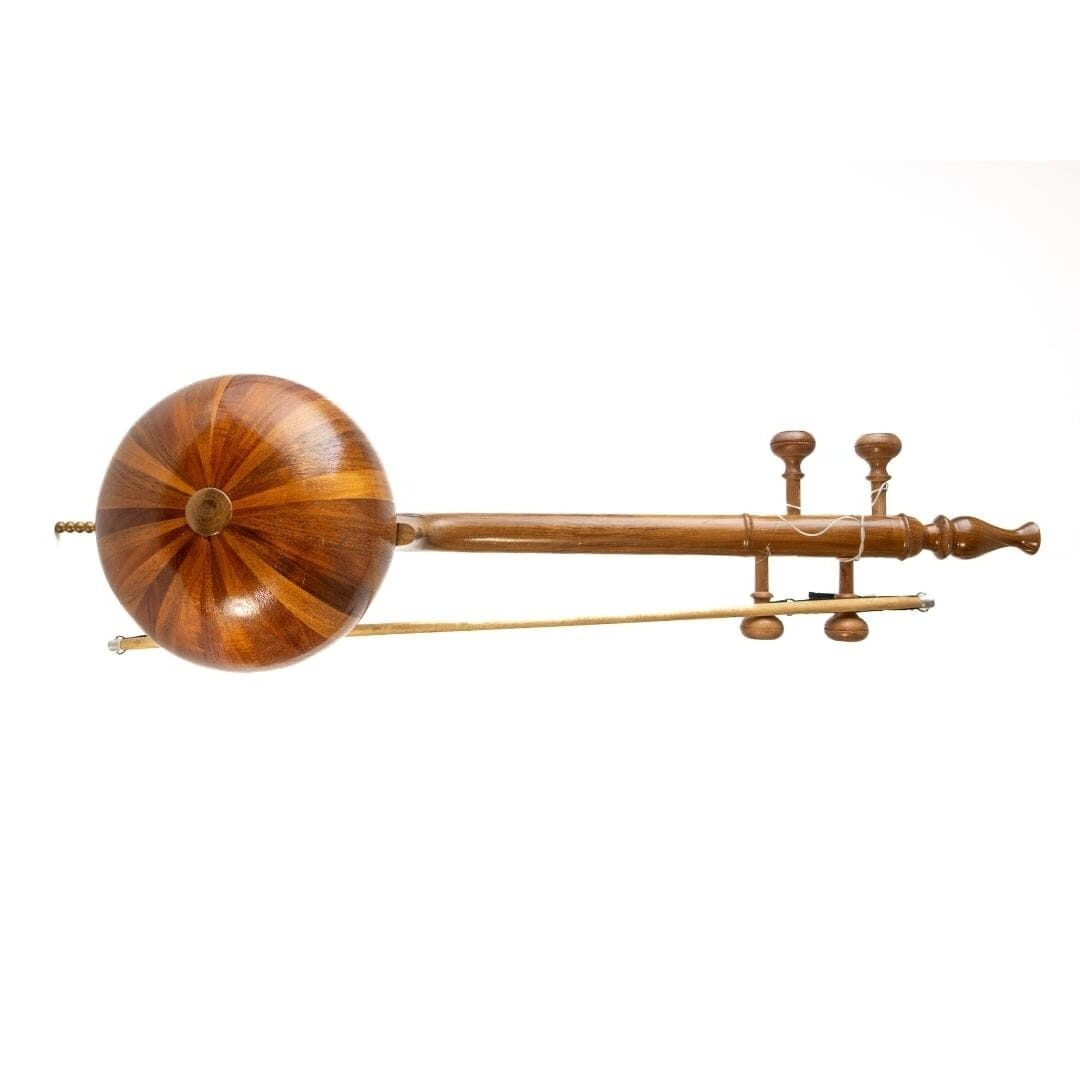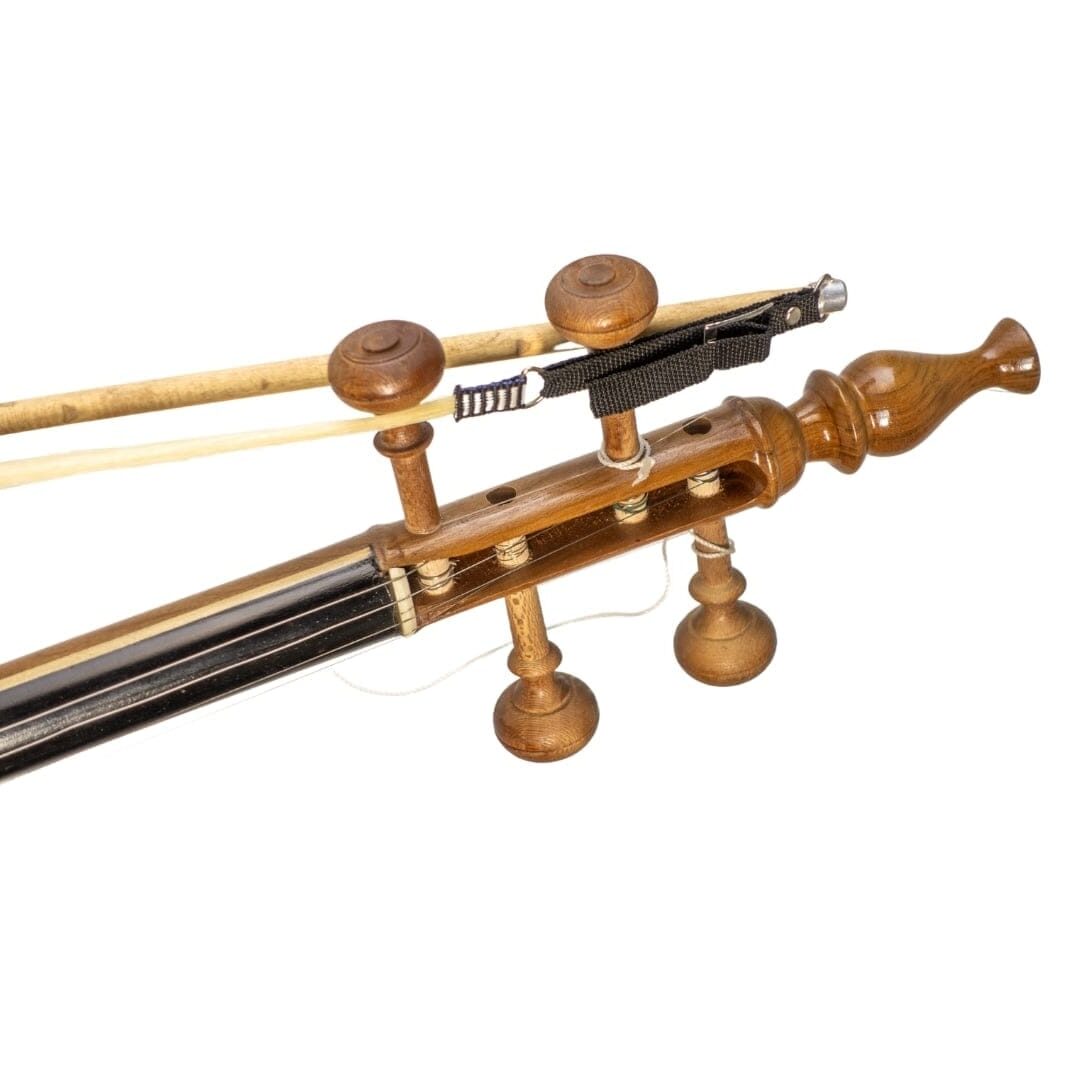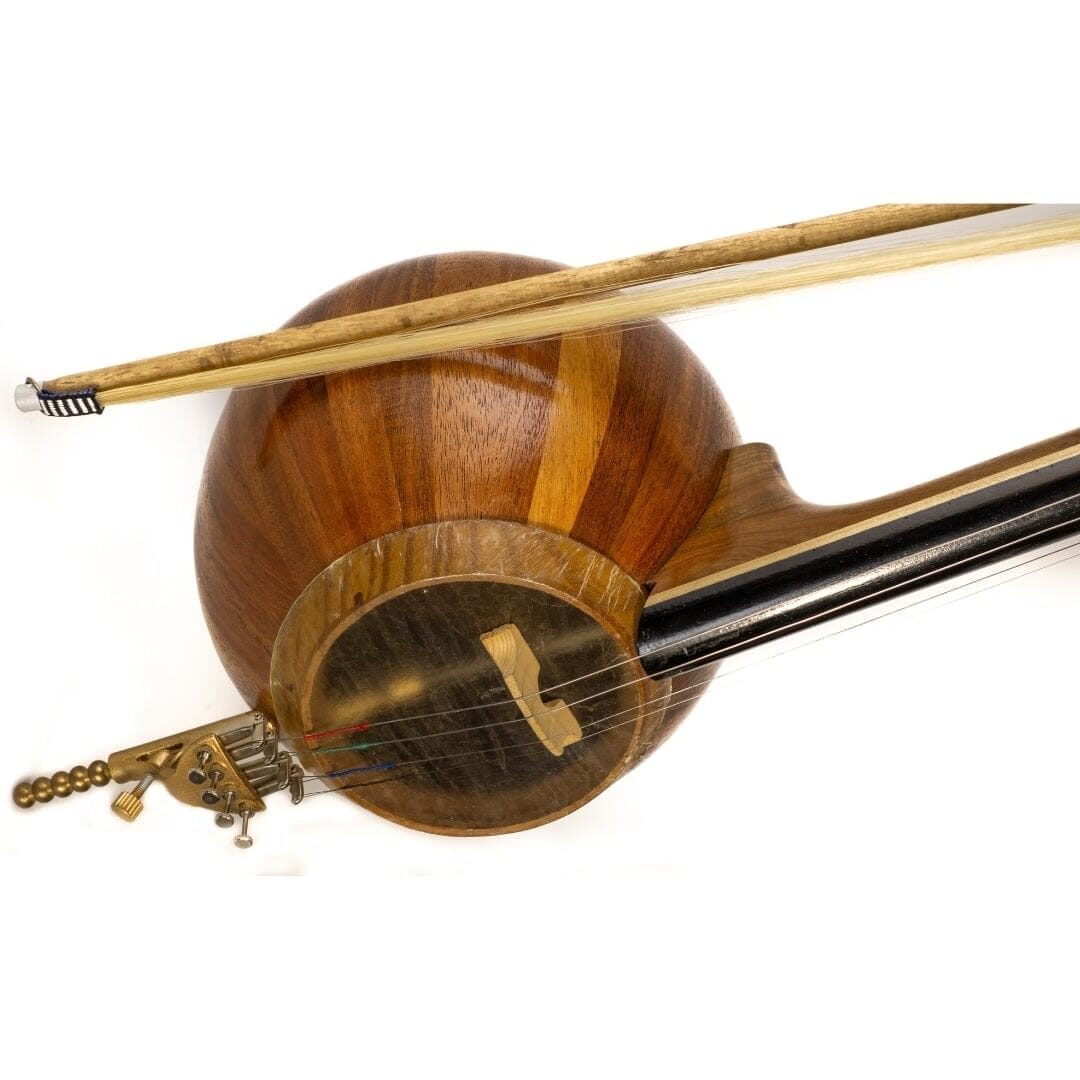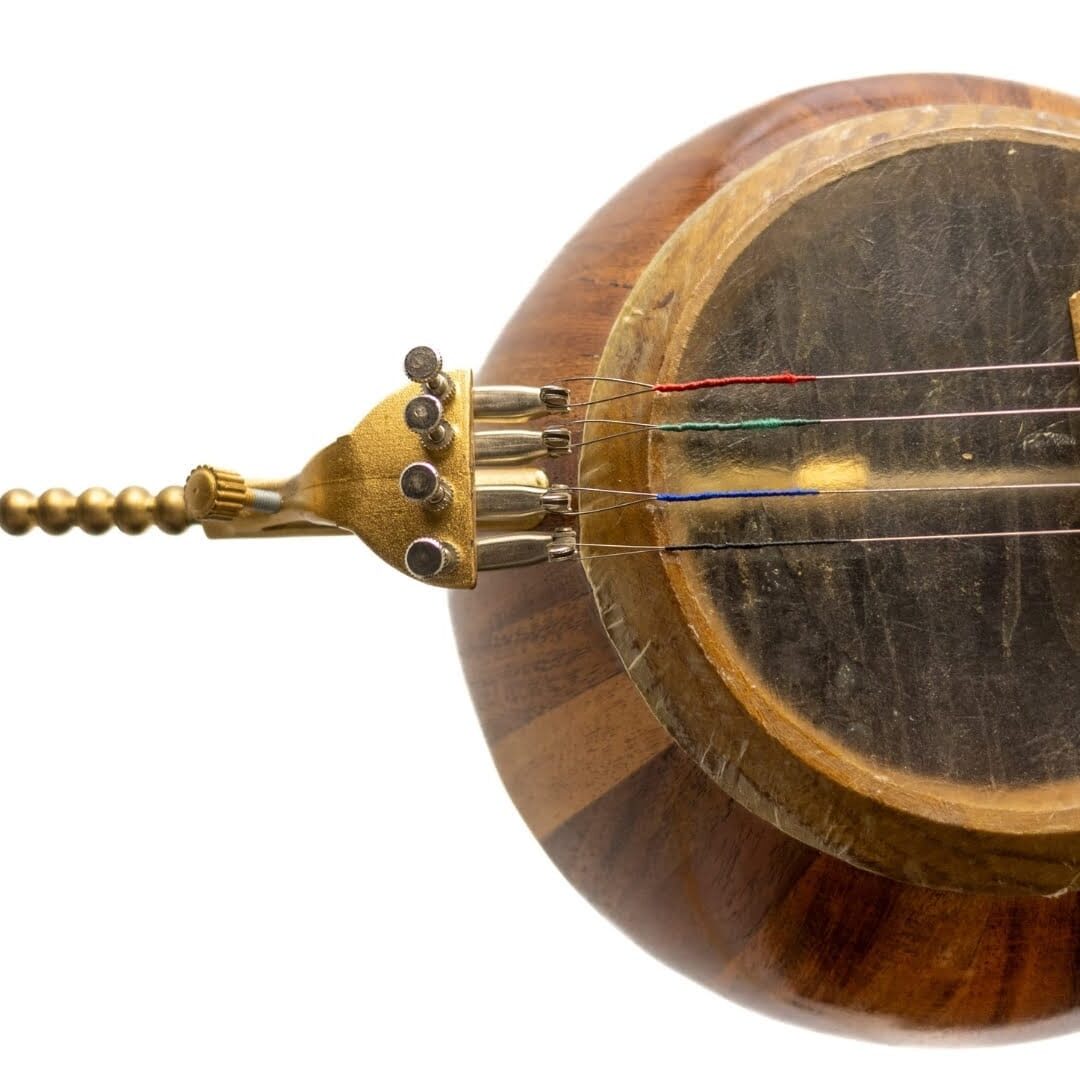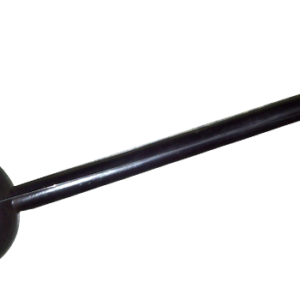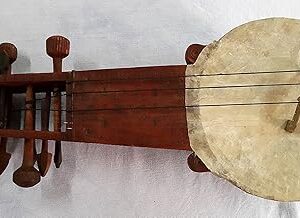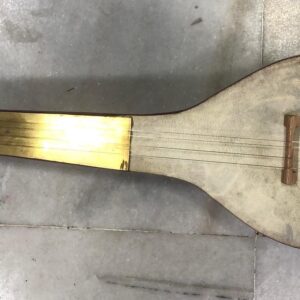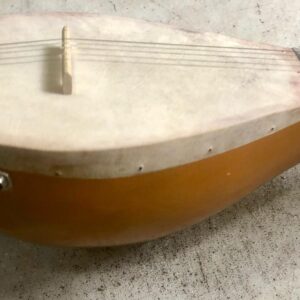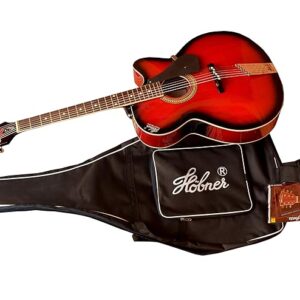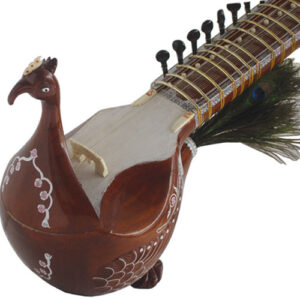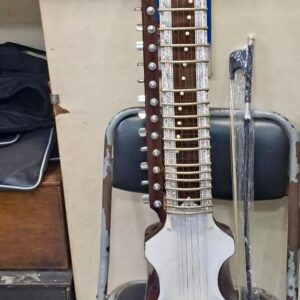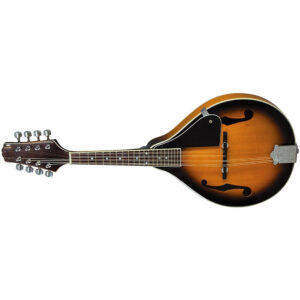Description
Kamancheh
Special Features:
Good sound quality, classically tuned and long size.
Delivery Time: 25-35 Working Days after Successful Payment.
For More information SMS 3300 Name Email Country and Send to +919830066661
N.B: All prices are inclusive of Shipping (International Air Mode)/ Packing/ Tax/ Insurance. No hidden cost. Read our Terms & Conditions, Privacy Policy and Shipping Policy.
In The Box: Kamancheh, Bow, Raisin, Bag
History (Wikipedia):
From where we get Kamancheh- Small history below:
Our knowledge about the instrument is from Wikipedia. As per Wikipedia, we shared this small history to let our customers know about the history. The kamancheh (also spelled kamānche or kamāncha) (Persian: کمانچه, Azerbaijani: kamança, Armenian: քամանչա, Kurdish: کەمانچە, kemançe) is, indeed, regarded as an Iranian bowed string instrument. Moreover, it is utilized by Persian, Azerbaijani, Armenian, Kurdish, Georgian, Turkmen, and Uzbek music. Notably, slight variations in its structure are featured by different cultures.
The kamancheh is related to the rebab, its historical ancestor, and is also connected to the bowed Byzantine lyra. Musicians play the strings using a variable-tension bow, which allows for a wide range of expressive sounds.
In 2017, therefore, the art of crafting and playing the kamancheh/kamancha was included in the UNESCO Intangible Cultural Heritage Lists of Azerbaijan and Iran.
The word “kamancheh” translates to “little bow” in Persian; consequently, it combines “kæman” (bow) with the diminutive suffix “-cheh.” Moreover, the Turkish word “kemençe” is borrowed from Persian, and, as a result, its pronunciation is adapted to fit Turkish phonology.
The term “kemençe” is also referred to as a bowed string instrument; however, significant differences are noted in both structure and sound between the Turkish version and the Persian kamancheh. Additionally, there is an instrument called “kabak kemane,” which, in fact, translates to “pumpkin-shaped bow instrument,” and is used in Turkish music. This instrument is, moreover, only slightly different from the Iranian kamancheh. This provides a basic history of the instrument.
